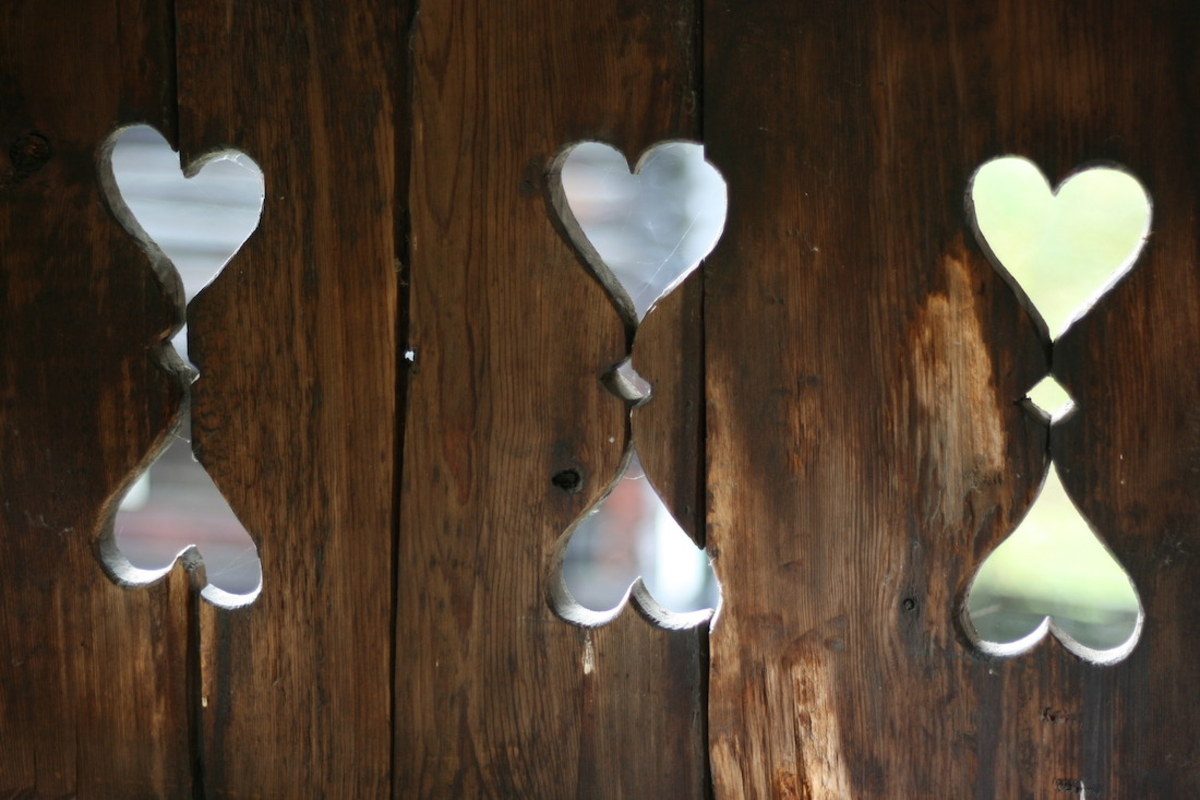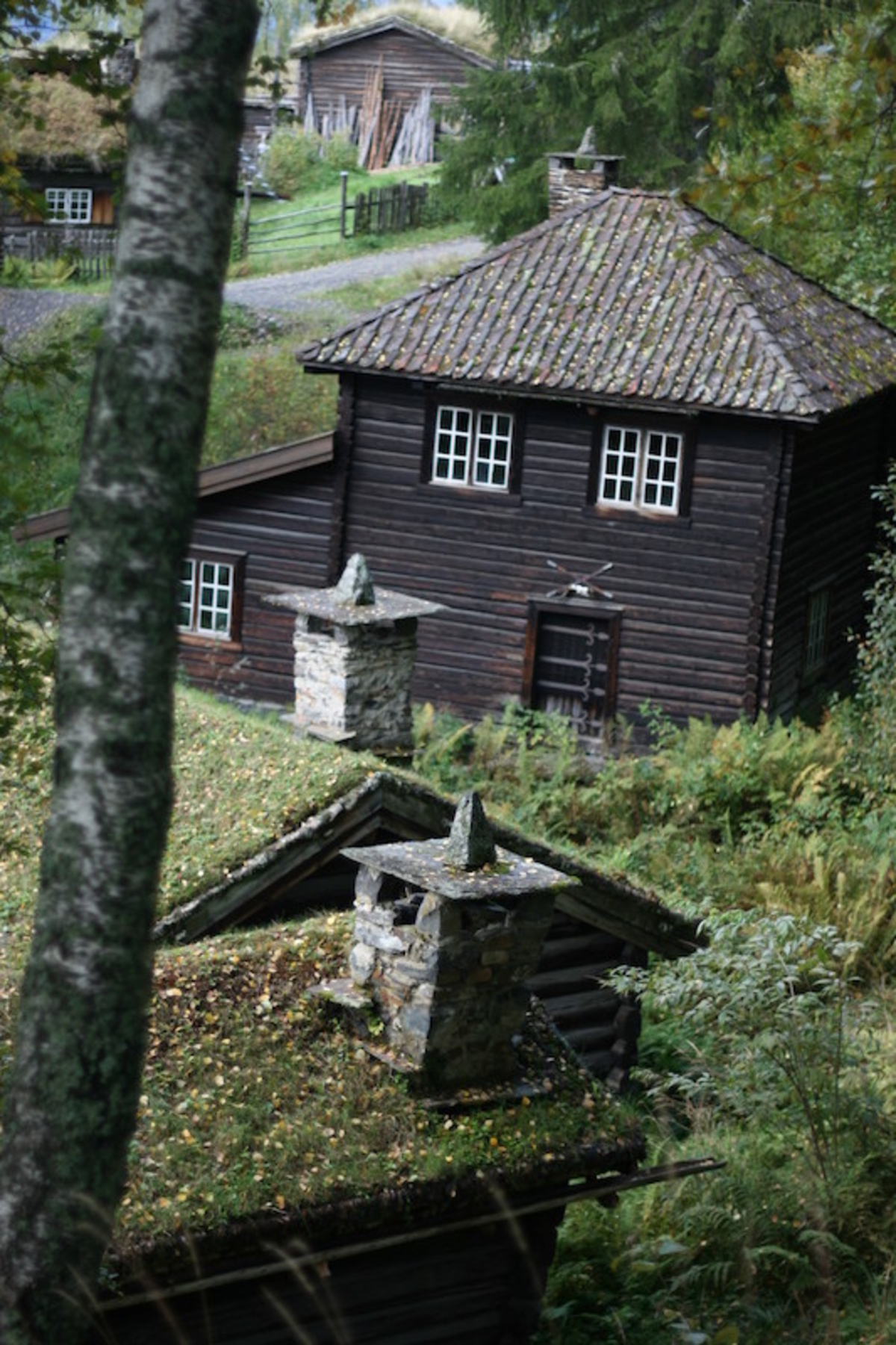
Photo: Audbjørn Rønning/Maihaugen
Knutslykkja
A tenant farm from Koloen
Knutslykkja is named after Knut Olsen Søre Bakken (1793–1846), who cleared the land known as Koloen, located between Kjørum in Kvam and Sandbu in Bredebygden. The land was initially used as additional farmland for Søre Bakken. In the 1600s, settlers began clearing land in Koloen, and a court ruling made the settlers tenant farmers under farms in Kvam.
Kolokassa and tenancy rights
The settlers paid rent through the "Kolokassa" fund, which was used for community projects among the farmers. Between 1862 and 1899, all the tenant farms in Koloen were sold, making the settlers landowners.
Everyday life at Knutslykkja
Knutslykkja offers insight into the lives of smallholder families. The living room served as a combined living space, bedroom, and workspace. Space was limited, and the furniture was simple. Children slept in a "smette," a wooden frame placed by the fireplace for warmth.
Work and additional income
People at Knutslykkja needed to find additional work to survive. A wool press used for pressing vadmel (wool cloth) provided a small but crucial extra income.
Buildings at Knutslykkja
The Cook house had a smoke pipe and a flatbread griddle.
The Store house served as a cooling room and storage barn, though it was rarely stocked with excess.
The Barn housed three cows, sheep, and goats, which provided wool, milk, and meat.
The Loft had space for hay and grain.
The Stable housed oxen used for pulling, an important resource for smallholders.





